ACACIA
Acacia
Mill., Dict. Abr. ed. 4: 25. 1754; Baker. in Hook. f., Fl. Brit. Ind. 2: 292. 1879; Parker, For. Fl. Punj. ed. 1: 188. 1918 (Reprint 1973); Fl. China @ eFloras.org 10: 55; Fl. Pak @ eFloras.org.
Trees or shrubs, rarely herbs, erect or climbing, usually armed. Leaves bipinnate, reduced to flattened leaflike petioles, the phyllodes in Australian section Phyllodineae; stipules absent or small, membranous or transformed into straight or recurved spines; petiolar glands generally present. Flowers small, actinomorphic, bisexual or polygamous, usually 5-merous, hypogynous in globose heads or cylindrical spikes which are solitary or fascicled in the leaf axils or arranged in terminal or axillary racemes or panicles; bracts often 2, scale-like, situated on the peduncle at various levels. Sepals 5, free or fused; when fused calyx usually campanulate, shortly toothed or lobed. Petals 5, free or more or less united amongst themselves or to the stamens. Stamens indefinite, much exserted, free or very shortly and irregularly connate at the base; anthers small, eglandular. Ovary sessile or stipitate, unilocular, ovules 2 to many, placentation marginal; style filiform; stigma small, terminal. Legumes various, ovate to linear, straight, arcuate or contorted, membranous to woody, rarely articulated or moniliform. Seeds large.
1086 species
Acacia auriculiformis
Acacia auriculiformis
A. Cunn. ex Benth., London J. Bot. 1: 377. 1842; Fl. China @ eFloras.org 10: 56; Fl. Pak. @ eFloras.org; Parker, For. Fl. Punj. ed. 1. 195. 1918 (Reprint 1973).
Trees, evergreen, to 20 m tall; crown round, dense. Bark grey-white, smooth; branches pendulous; branchlets angular, glabrous, lenticels conspicuous. Leaves alternate, reduced to phyllodes; phyllodes 10-20 cm x 1.2-4 (-6) cm, falcate-oblong, both ends attenuated, dark green, shining, 3 main veins conspicuous with more less conspicuous subparallel veins. Inflorescence spikes 1-several, fasciculate, axillary or terminal, sometimes panicles at tips of branches. Flowers actinomorphic, bisexual, 5-merous, hypogynous, orange or golden yellow, in pairs, sessile. Calyx 0.5-1 mm, campanulate, 5- toothed, teeth shallow, yellow. Corolla 1.5-2 mm, campanulate, 5-toothed, teeth reflexed, yellow. Stamens indefinite, free, much exserted; filaments 2.5-4 mm long; anthers small, eglandular. Ovary densely puberulent, unilocular with few ovules, placentation marginal; style slightly longer than stamens; stigma small. Legumes flat oblong, transversely veined, margin undulate, twisted at maturity, 5-8 cm x 0.8-1.5 cm, valves woody. Seeds ca. 5 mm x 3.5 mm, shiny black, transversely oriented in the fruit. Funicle long, orange, encircling the seed.
Common Names: Auri, Australian Acacia, Black Acacia, Ear Leaf Acacia, Ear-Pod Wattle, Northern Black Wattle, Papuan Wattle
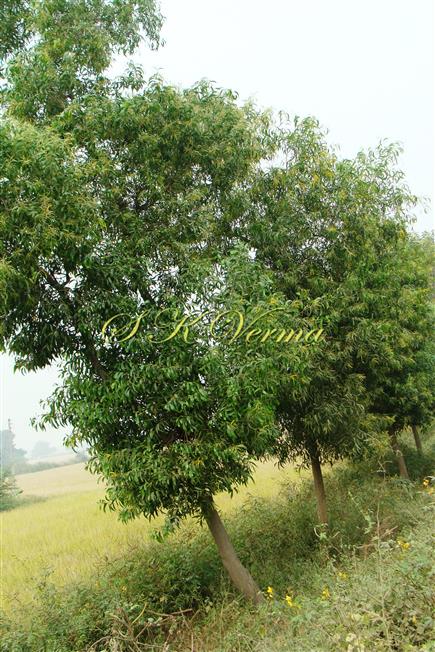

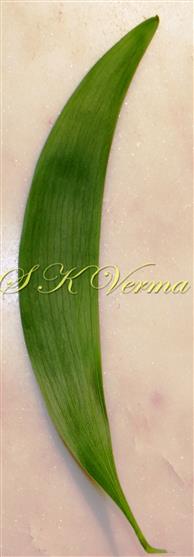
-1235.jpg)
-1230.jpg)
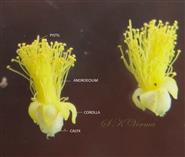




-DSC01169.jpg)
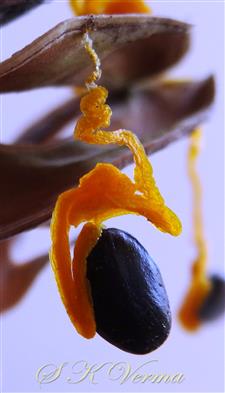
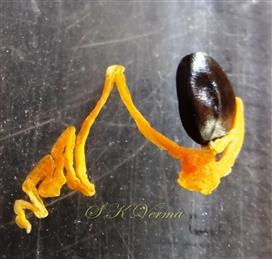




-1235.jpg)
-1230.jpg)

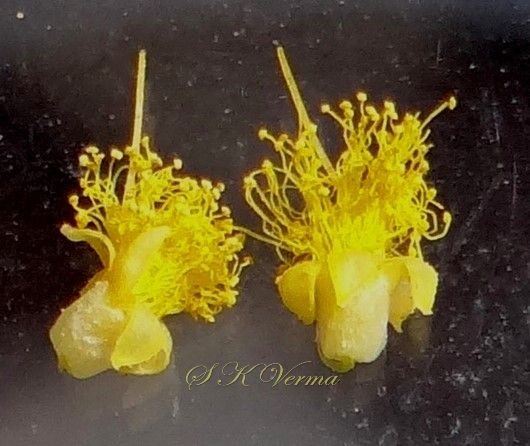
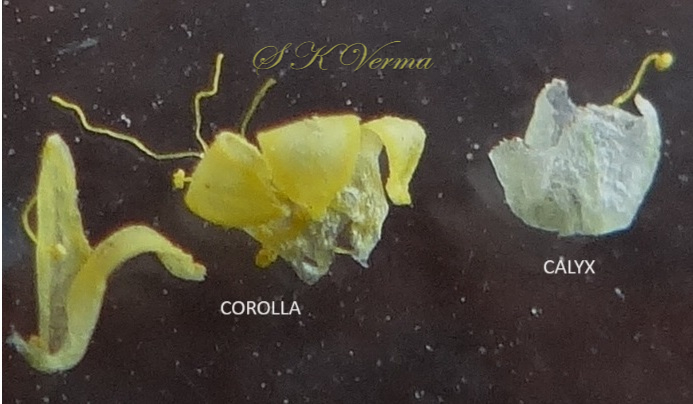
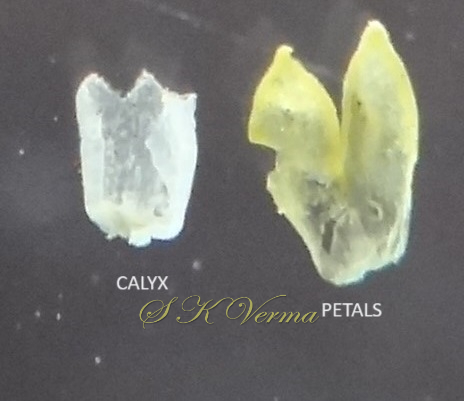
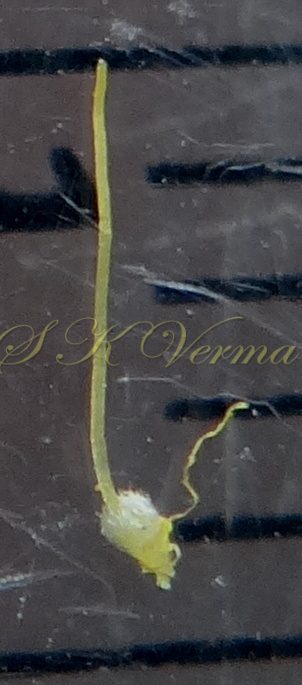
-DSC01169.jpg)

